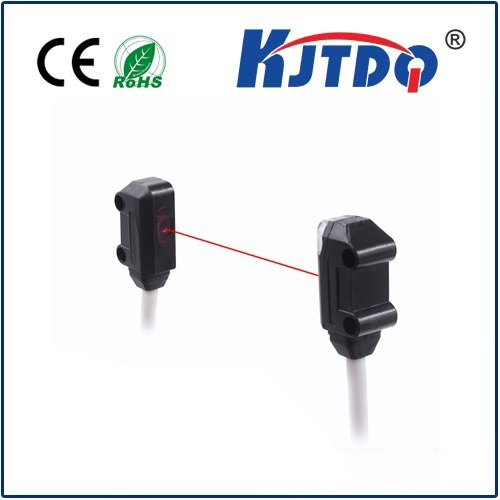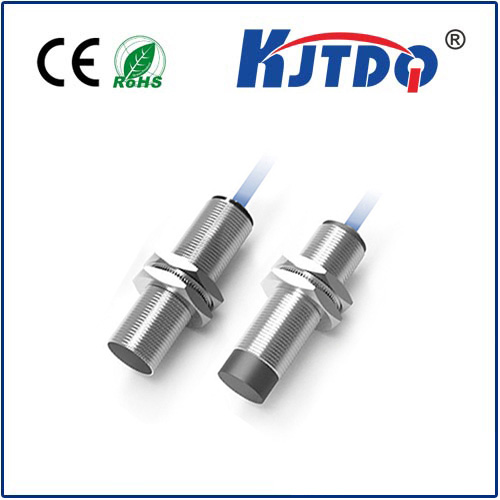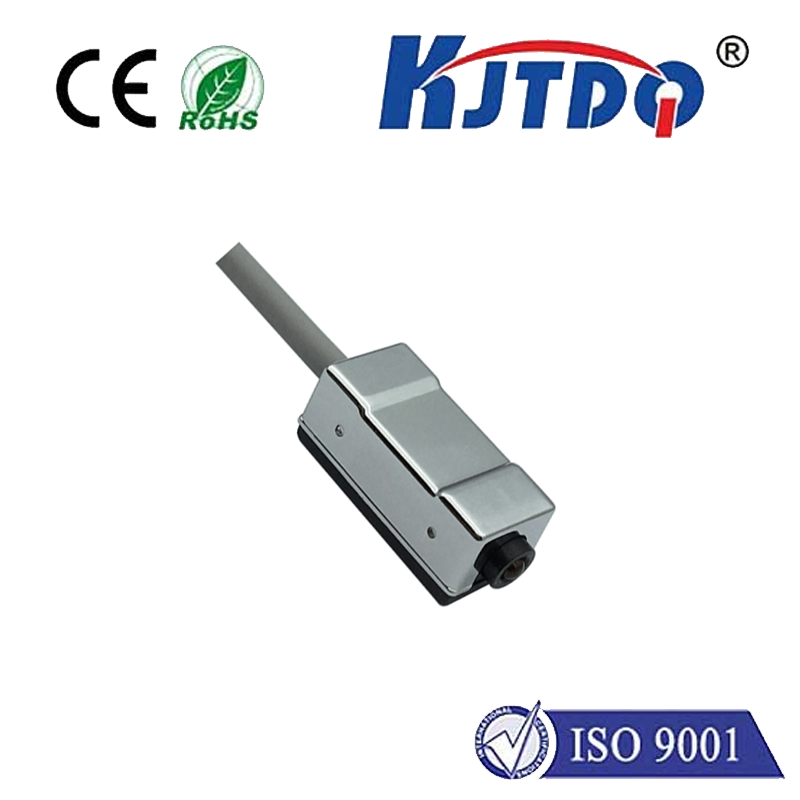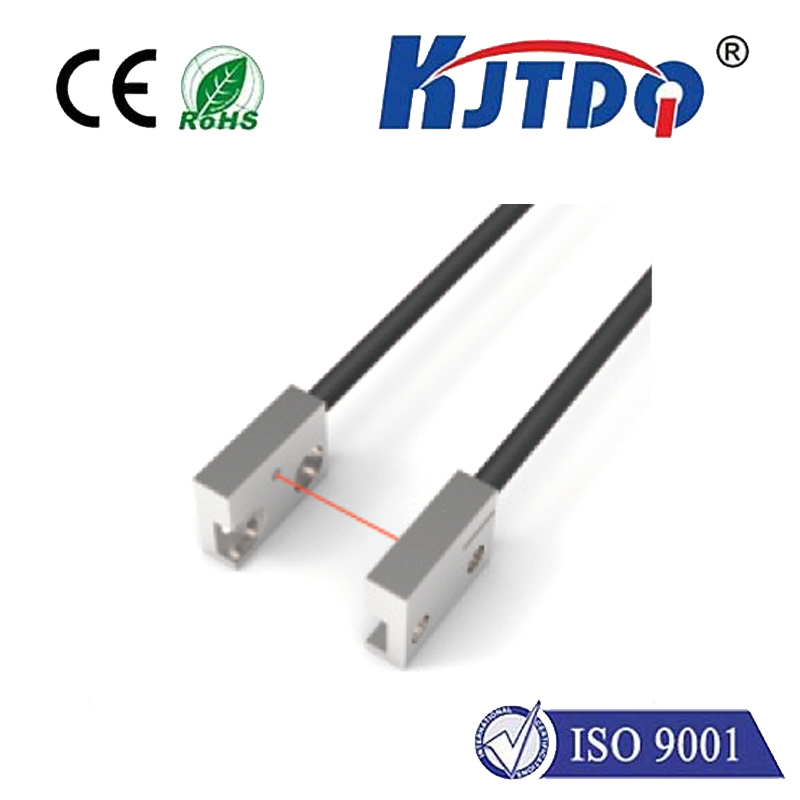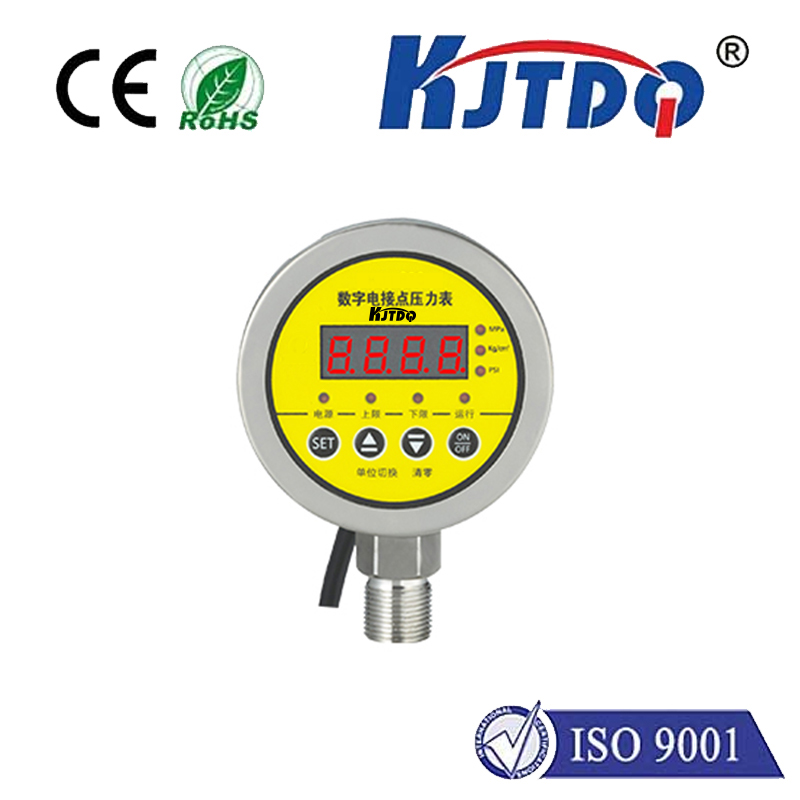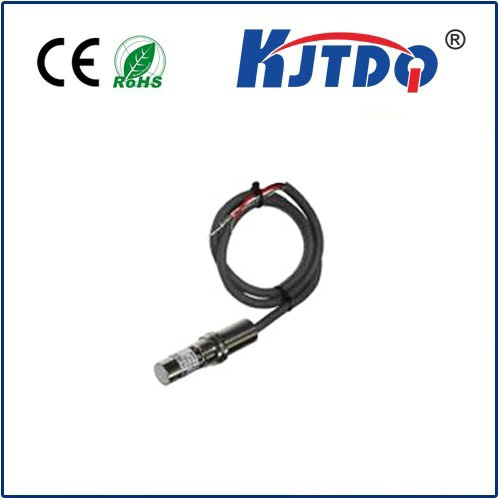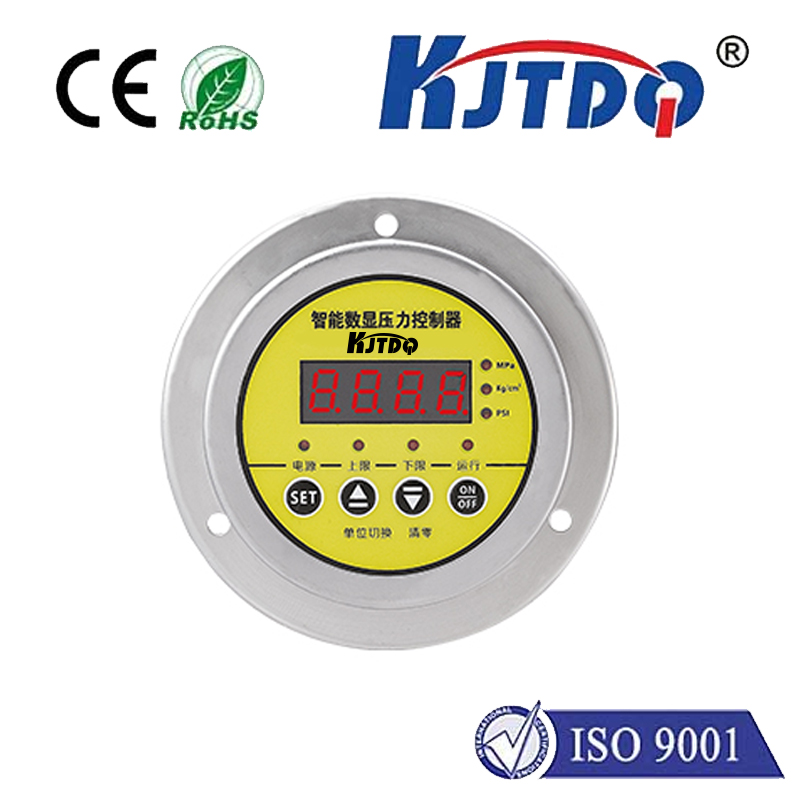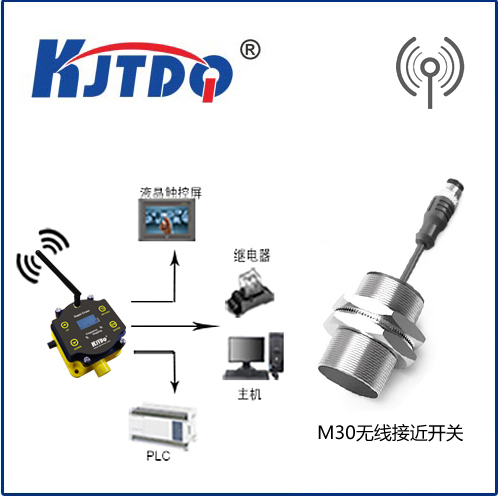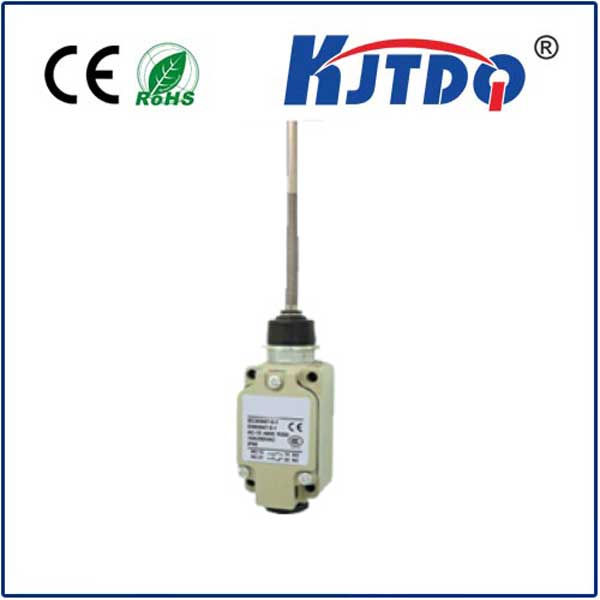

check

check

check

check

check

check

check

check

check

check

In the realm of technology, sensors play a crucial role in gathering and transmitting data, acting as the eyes and ears of various systems. Among these, proxy sensor types have gained significant attention for their ability to enhance the capabilities of other sensors. In this article, we will delve into the world of proxy sensor types, exploring their definition, functionality, and applications. A proxy sensor, also known as an indirect sensor, is a device that measures a physical quantity by sensing its effect on another physical property. It serves as a surrogate or stand-in for the actual sensor, providing a means to obtain accurate measurements without direct contact with the measurand. This type of sensor is particularly useful in situations where direct measurement is challenging or impractical. One of the most common types of proxy sensors is the temperature sensor. Instead of directly measuring the temperature of an object, a temperature sensor measures the electrical resistance or voltage across a resistor whose value changes with temperature. This information is then used to calculate the actual temperature of the object. Temperature sensors are widely used in various industries, including manufacturing, healthcare, and environmental monitoring. Another example of a proxy sensor is the pressure sensor. Rather than measuring the force applied to an object, a pressure sensor measures the deflection of a flexible diaphragm caused by the applied force. This deflection is then converted into an electrical signal that represents the pressure. Pressure sensors are essential in numerous applications, such as tire pressure monitoring systems in vehicles, weather forecasting, and industrial process control. Light sensors, also known as photodetectors, are another type of proxy sensor. They measure the intensity and wavelength of light incident on them, rather than directly detecting the presence of light. Photodetectors are employed in various applications, including security systems, automatic door openers, and optical communication systems. Proximity sensors are yet another example of proxy sensors. These devices detect the presence of an object within a certain distance range without any physical contact. Proximity sensors can operate using different technologies, such as ultrasonic waves, infrared radiation, or capacititive coupling. They are commonly used in access control systems, industrial automation, and robotics. In conclusion, proxy sensor types have revolutionized the way we gather and interpret data in various fields. By serving as stand-ins for direct sensors, they enable accurate measurements in situations where direct contact is not feasible or practical. From temperature and pressure sensors to light and proximity sensors, proxy sensors have found widespread applications across industries, enhancing the capabilities of systems and improving efficiency. As technology continues to advance, we can expect further innovations and expansions in the world of proxy sensors, opening up new possibilities for data collection and analysis.
